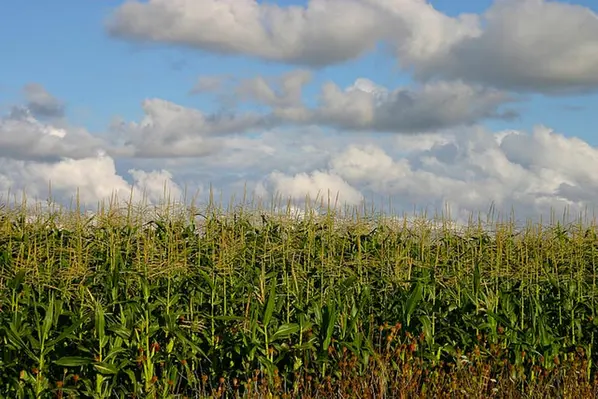A research study conducted in collaboration between Lancaster University and the University of Illinois have made an important advance in understanding the natural diversity of a key plant enzyme which could help address the threat of global food security
Rubisco is the central enzyme responsible for photosynthesis in plants. The enzyme enables plants to absorb carbon from the atmosphere, which provides fuel for photosynthesis. However, the extent of natural diversity of Rubisco across plant species was relatively unknown.
The Lancaster University-led research team has discovered that some of the species they looked at had more effective and high-performing Rubisco than several of the major crops species, such as wheat and soybean.
As part of the study, the researchers studied 75 plant species, including grass, wild rice, melons and beans from across the world and assessed the ability of their Rubiscos to assimilate CO2 at a range of different temperatures - to replicate the effects of a changing climate.
The superior characteristics of some of the Rubisco enzymes present the possibility of engineering plants which grow more quickly and with less need for additional fertilisers.
The study was supported by Realizing Increased Photosynthetic Efficiency (RIPE), a research grant led by Illinois University at the Carl R Woese Institute for Genomic Biology. As part of the consortium RIPE, the Lancaster researchers and their collaborators are working toward improving crops, including rice, cassava, soybean and cowpea.
Lancaster University research associate Douglas Orr said, “The plants we examined came from a range of environments, from sub-Saharan Africa to temperate regions of Europe and Asia, and northern Australia.”
He also pointed out that the study analysed the effect of temperature on Rubisco biochemistry in all the species to explore how different Rubiscos respond to changing temperatures, which can help to understand how climate change may impact plant growth.





